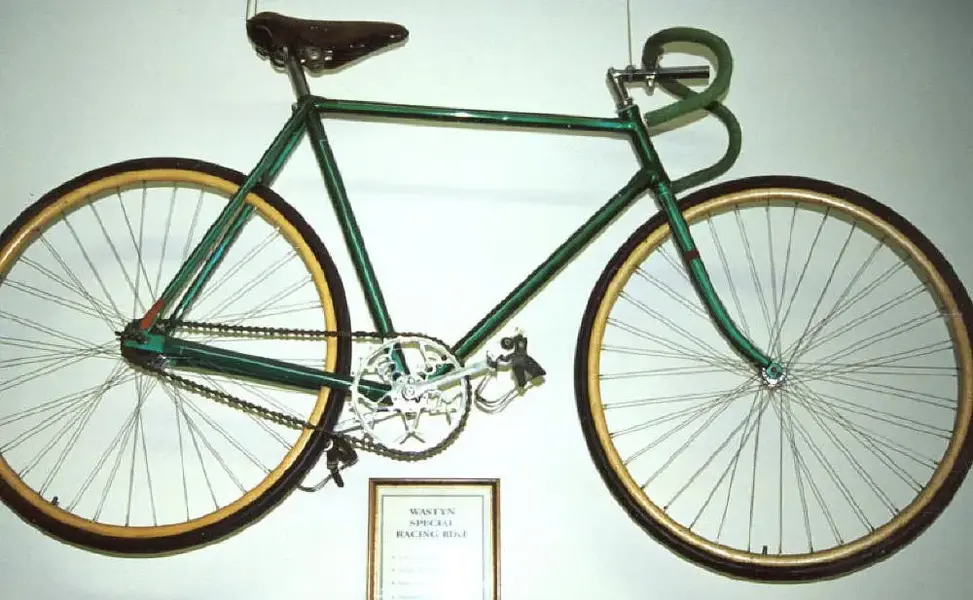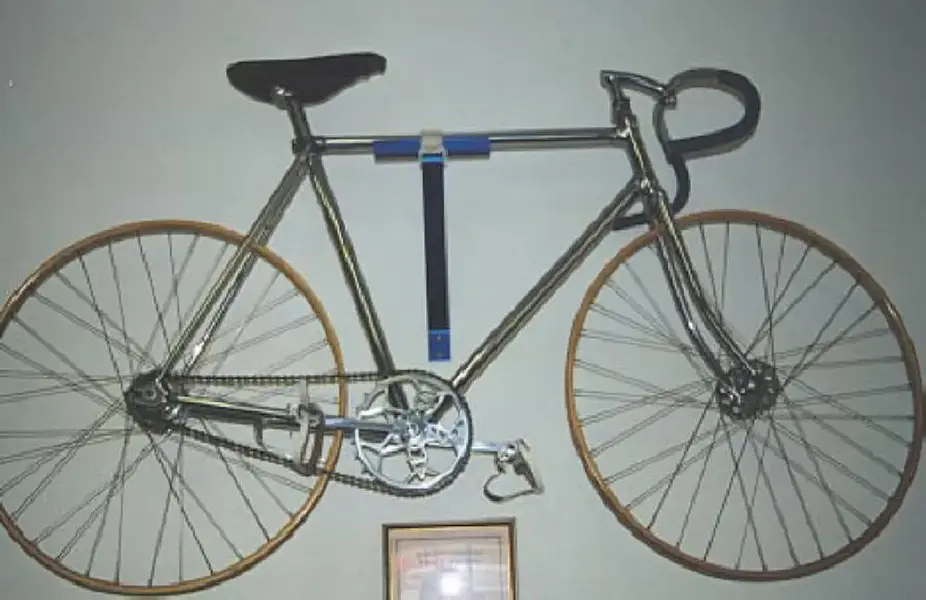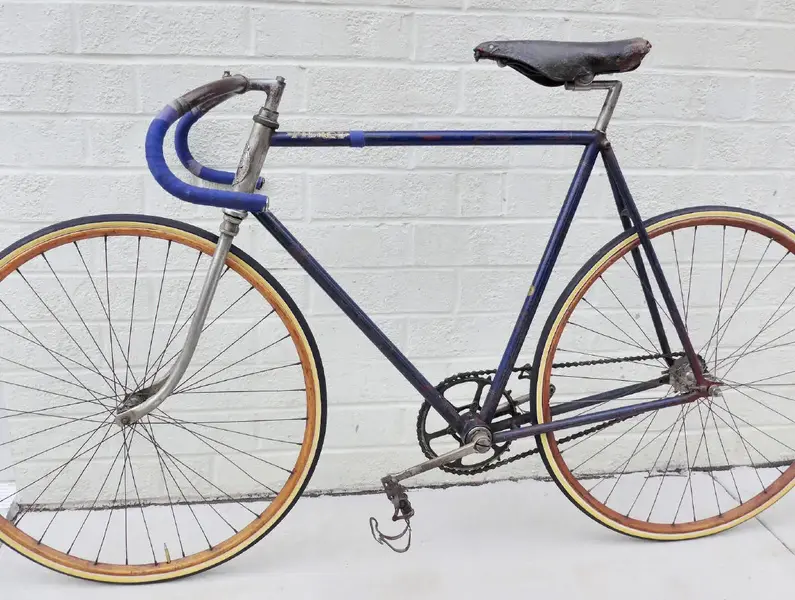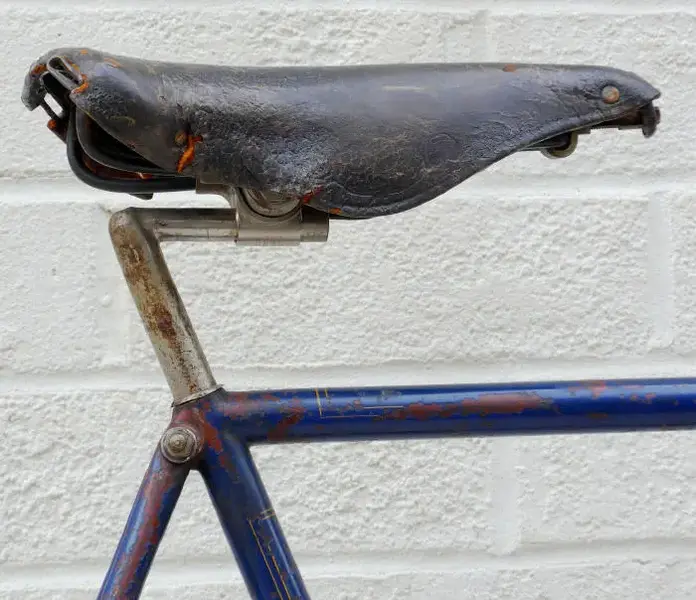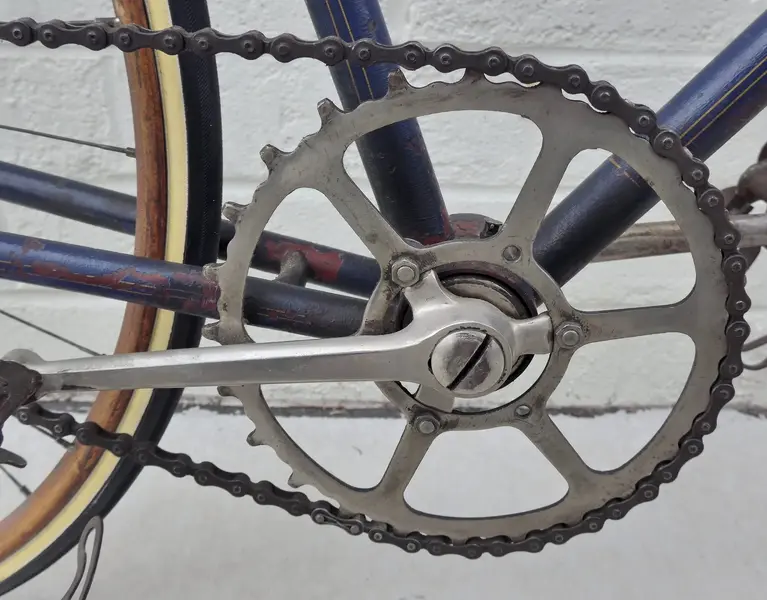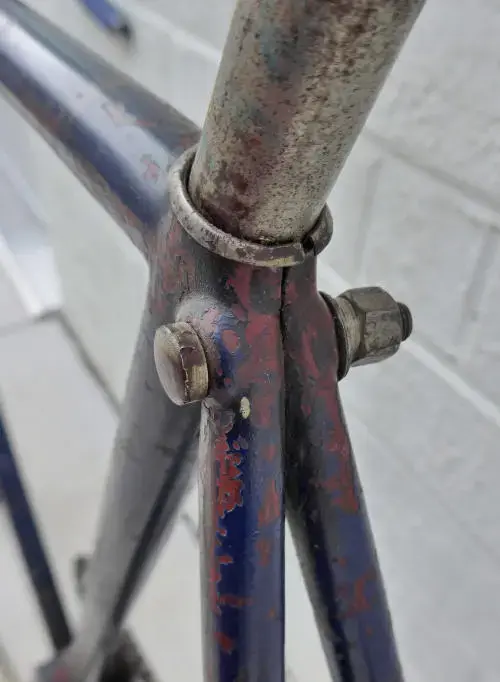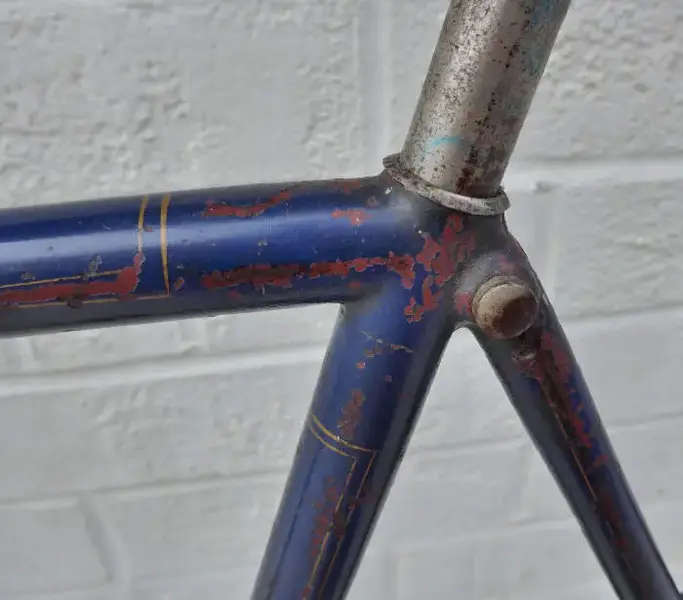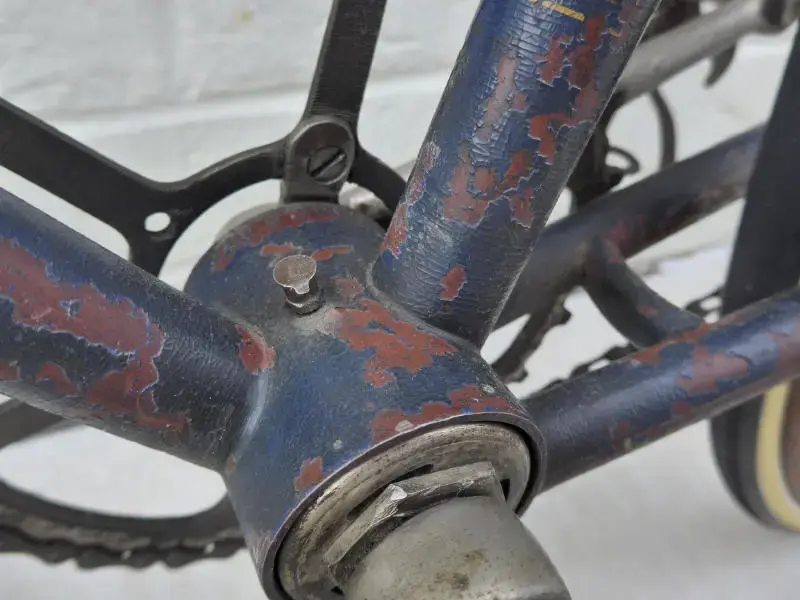You are using an out of date browser. It may not display this or other websites correctly.
You should upgrade or use an alternative browser.
You should upgrade or use an alternative browser.
Bikes of America (and Canada!)
- Thread starter Canuk
- Start date
bulgie
Dirt Disciple
Here's mine, pictures taken to sell it (it's sold) https://flic.kr/s/aHsjJepcAPAnyone have any pictures (or own) an original Graftek?
Canuk
Old School Grand Master
That's very nice with the black components contrast, never thought of that with natural Carbon.Here's mine, pictures taken to sell it (it's sold) https://flic.kr/s/aHsjJepcAP
bulgie
Dirt Disciple
More like infamy than fame, but yeah.Are you Mark Bulgier of Bulgier.net fame!?
Canuk
Old School Grand Master
Excellent! Your scans are great, did you do them all in one go or are you regularly updating? I use them as reference at least once a monthMore like infamy than fame, but yeah.
Canuk
Old School Grand Master
The cycling history of the Wastyn family is intertwined in the whole tradition of United States cycling. Started at the turn of the century by Emil Wastyn, the Wastyn bicycle business continues today under the management of Scott, the fourth generation to continue this heritage.
Not only did the Wastyns make the first Schwinn Paramounts but they had a great effect on racing bike design. Albert Eisentraut was first exposed to cycle frame building when he hung around the Wastyn shop as a youth.
Not only did the Wastyns make the first Schwinn Paramounts but they had a great effect on racing bike design. Albert Eisentraut was first exposed to cycle frame building when he hung around the Wastyn shop as a youth.
Canuk
Old School Grand Master
George N. Pierce (1846-1911) formed a company in 1873 with two partners known as Heinz, Pierce and Munshauer for the manufacture of refrigerators, bird cages, ice boxes and bathtubs.
Pierce left that firm in 1878 to establish a rival concern under the name of George N. Pierce & Company, and in 1888 added a line of children’s tricycles, a product that was becoming very popular at the time.
By 1890, Pierce started building a full line of adult hard-tired and cushion-tired “safety” bicycles. By 1892 Pierce had dropped all of his other products except birdcages and iceboxes and in 1895 he stopped manufacturing these, too. He then continued as just a bicycle company.
The earliest Pierce bicycles’ nameplates used an arrow which was to become the familiar hallmark of all of Pierce’s advertising and nameplates for decades to come.
Pierce made what was probably the best bicycle of this era. It had a shaft drive, which was considered preferable to the chain at this time. State-of-the-art suspension came from a front fork of spring leaves and a telescopic shock absorber on the drop bar. It was called the Pierce Hygienic Cushion Frame with an eye toward its healthful anti-vibration qualities. The company’s 1897 model sold for $75.
Pierce left that firm in 1878 to establish a rival concern under the name of George N. Pierce & Company, and in 1888 added a line of children’s tricycles, a product that was becoming very popular at the time.
By 1890, Pierce started building a full line of adult hard-tired and cushion-tired “safety” bicycles. By 1892 Pierce had dropped all of his other products except birdcages and iceboxes and in 1895 he stopped manufacturing these, too. He then continued as just a bicycle company.
The earliest Pierce bicycles’ nameplates used an arrow which was to become the familiar hallmark of all of Pierce’s advertising and nameplates for decades to come.
Pierce made what was probably the best bicycle of this era. It had a shaft drive, which was considered preferable to the chain at this time. State-of-the-art suspension came from a front fork of spring leaves and a telescopic shock absorber on the drop bar. It was called the Pierce Hygienic Cushion Frame with an eye toward its healthful anti-vibration qualities. The company’s 1897 model sold for $75.
Similar threads
- Replies
- 0
- Views
- 1K
- Replies
- 18
- Views
- 2K
- Replies
- 1
- Views
- 2K
- Replies
- 4
- Views
- 2K
- Replies
- 136
- Views
- 16K
